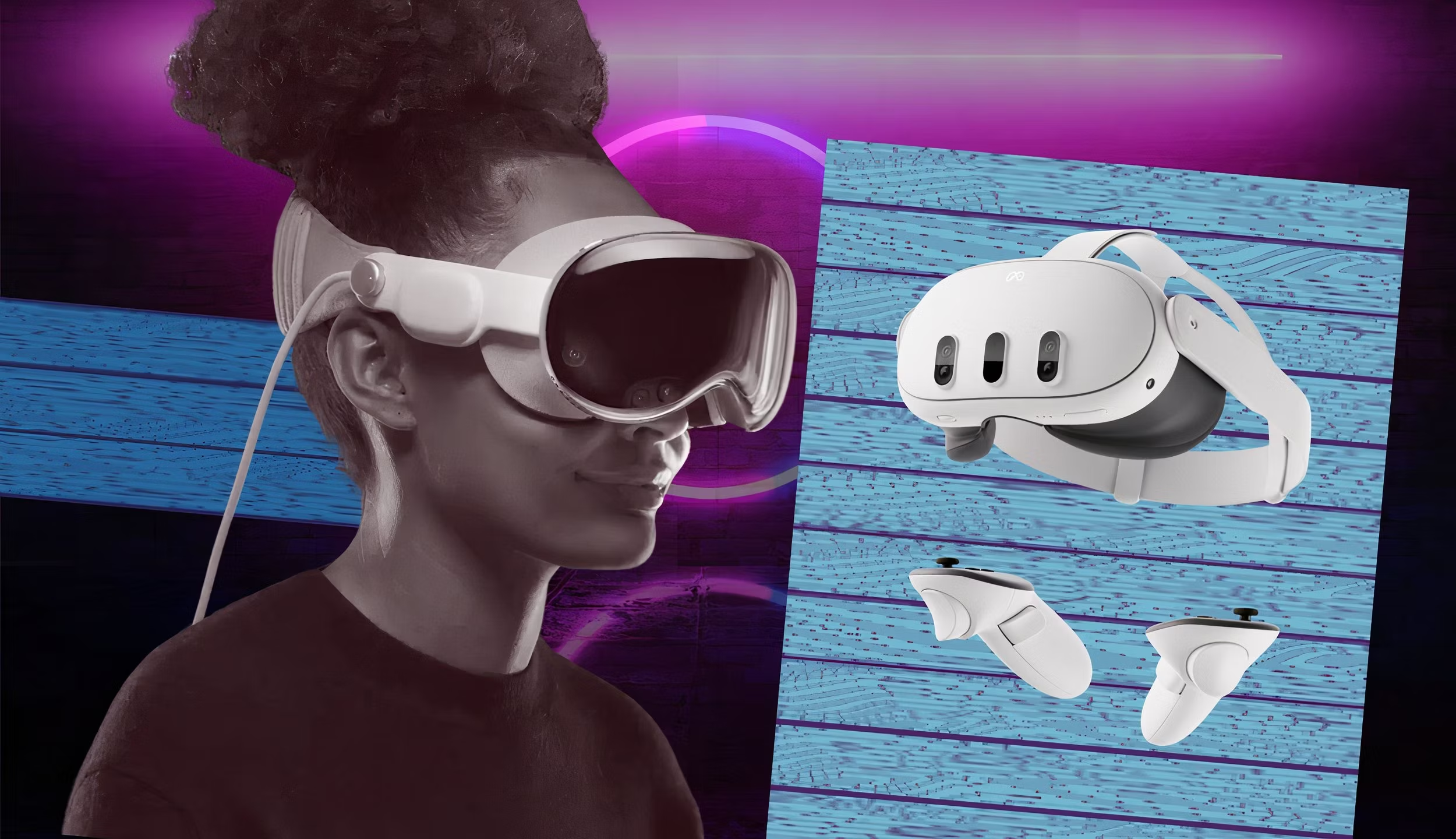New Holographic Display Could Revolutionize NFTs
Meta’s CEO, Mark Zuckerberg, envisions a future where smart glasses with holographic displays become the primary communication and computing device, potentially replacing mobile phones. In an interview with YouTuber Kane “Kalloway” Sutter, Zuckerberg highlighted the significant potential of these glasses, which would feature cameras, microphones, speakers, and a full field-of-view (FOV) holographic display.
The Evolution of Smart Glasses
Zuckerberg is optimistic about the transition from smartphones to smart glasses, much like the shift from desktop computers to mobile phones. He foresees three stages in the development of smart glasses:
- Voice AI Glasses: Similar to the existing Ray-Ban Meta, these glasses would have no display but utilize voice AI for interaction.
- Basic Heads-Up Display (HUD): Glasses with a minimal HUD to provide essential information without full holographic capability.
- Full FOV Holographic Glasses: The ultimate goal is glasses that offer a complete holographic display, allowing for seamless real-time communication and informational overlays.
Potential Applications
These advanced glasses could enable real-time information overlays, heads-up displays similar to those in video games or military equipment, and other augmented reality (AR) applications. Unlike bulky VR headsets, these smart glasses would maintain a sleek, glasses-like appearance.
Enhancing Presence and Engagement
Zuckerberg and Kalloway discussed how constantly checking smartphones disrupts presence and engagement. Smart glasses could solve this by providing information without breaking immersion in the real world, offering a more integrated and seamless experience.
Neural Interface Integration
Another intriguing aspect of Meta’s vision is the integration of a neural interface through a wristband. This device would interpret nerve signals to enable subtle physical movements, like a finger twitch, to translate into digital actions. This could combine with holographic displays to create an immersive Web3 workspace and interactive environment.
Prototypes and Future Plans
Zuckerberg mentioned that Meta is nearly ready to start demonstrating the prototype of the full FOV holographic glasses. While not yet available for sale, these prototypes have received enthusiastic reactions from those who have tested them. Meta is focusing on perfecting the consumer version before a broad release.
Conclusion
Meta’s development of holographic smart glasses has the potential to transform how we interact with technology, offering new ways to engage with digital content and enhancing the utility of NFTs. The integration of neural interfaces and advanced display technology could herald a new era of immersive, seamless computing experiences.
